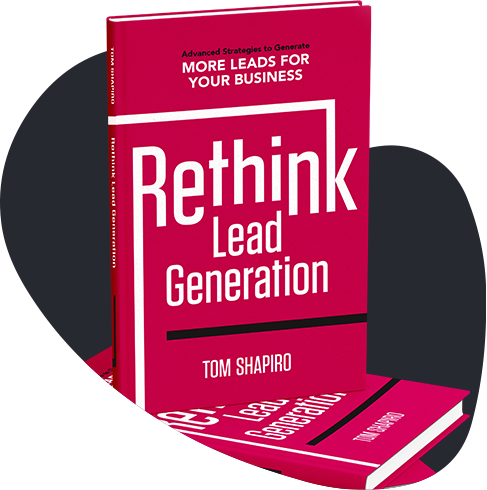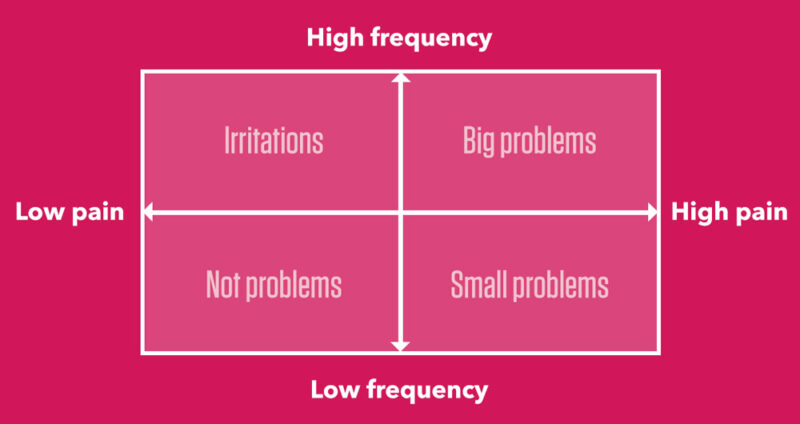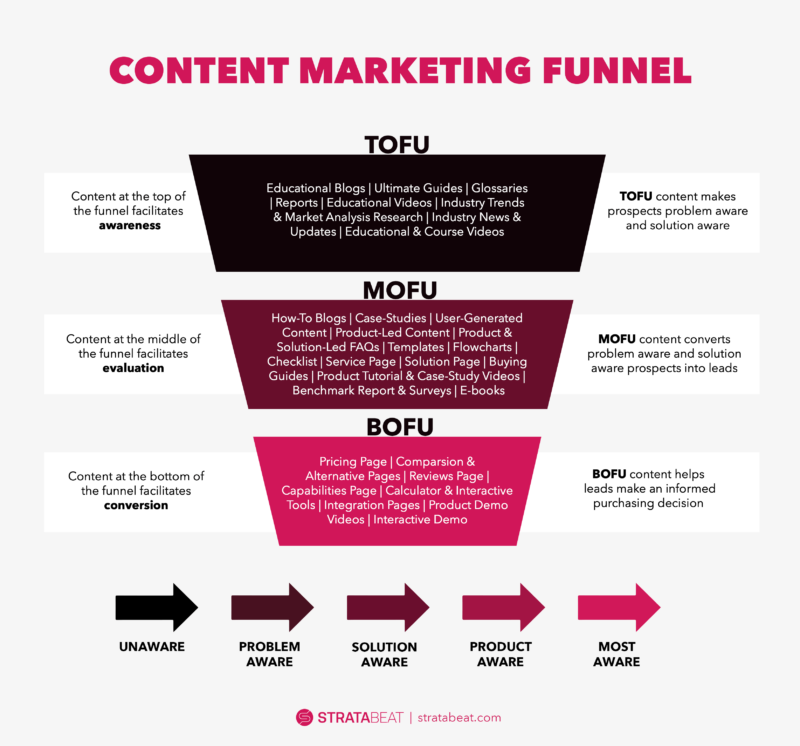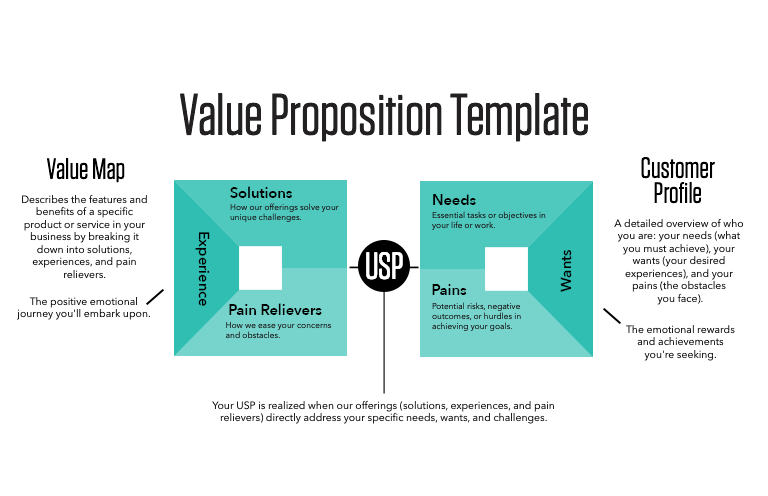11 Keys to Effective Marketing Planning for Strong Growth in 2025

Companies that develop a clear marketing plan consistently outperform those without one. Marketing planning helps you to strategize in line with your goals, get closer to your audience, and plan effectively against the competition.
It’s a way to have an efficient and systematic approach for expanding reach, connecting with your target audience, attracting traffic, engaging with them, increasing qualified leads and pipeline, and cultivating brand love.
Follow these 11 key steps for a marketing plan that ensures stronger results in 2025.
1. Create Quarterly Plans
2. Start with Both End Goals & Process Goals
3. Get Upstream Input from Your Agency
Agencies offer an unparalleled breadth of scope and an ability to offer much-needed external input.
4. Identify Your 80/20 Opportunities
5. Revisit Your Audience Segments, Personas, and the Customer Journey
6. Conduct a SWOT Analysis
Achieve Greater Marketing ROI in 2025
Ready to build a marketing plan that gets results? Book a Strategy Call7. Establish Your Marketing Strategy
8. Be the Only One
9. Rethink Your Marketing Mix

Rethink Lead Generation
Read Stratabeat CEO Tom Shapiro’s book, Rethink Lead Generation, to learn how to apply lateral thinking to your business for accelerated growth. Read the Post10. Innovate for Growth
11. Measure Performance & Optimize through KPIs
Crush Your 2025 Marketing Goals
Ready to build a marketing plan that gets results? Book a Strategy CallToo many companies set goals and plans, but then lack the proper tracking, monitoring, measurement, and analysis. Without this type of follow-through, it will be difficult for you to optimize your marketing for better performance and to blow through your annual goals.
Set up an online dashboard and hold your team accountable. Make it easy to keep on top of your progress. A dashboard is an effective way to keep all of your team members up to date and on target for a stellar 2025.
This post is updated each year.




